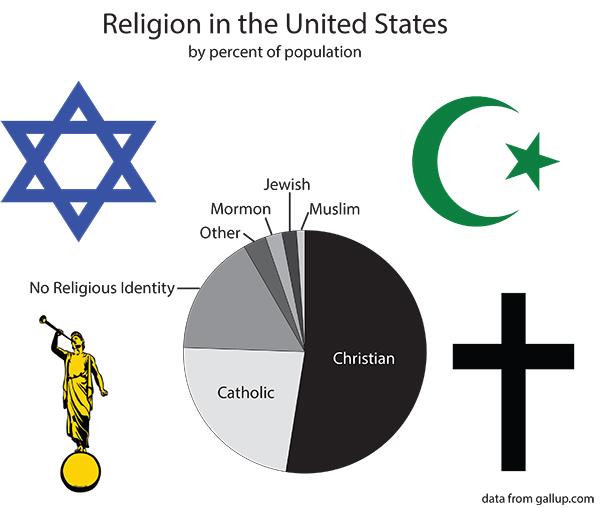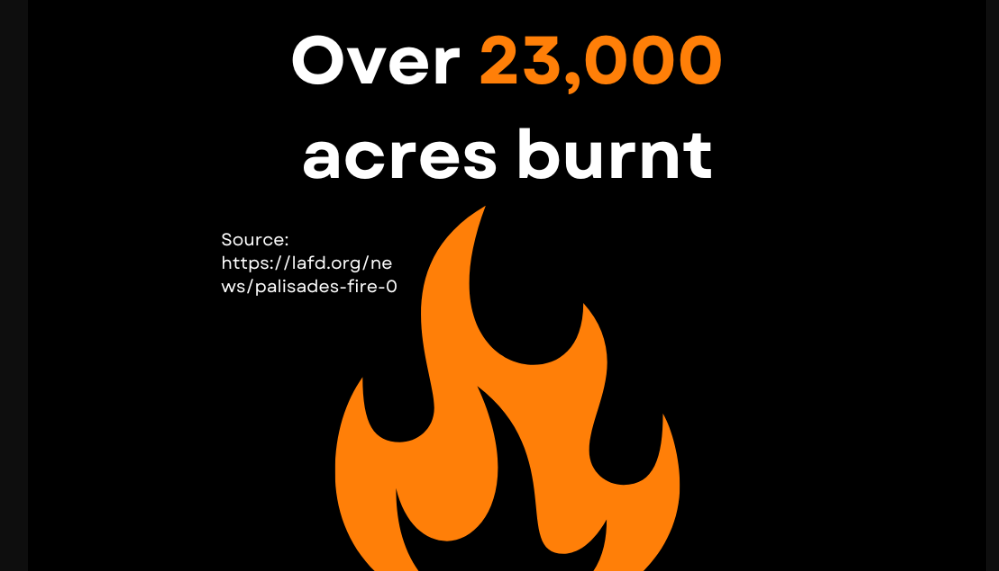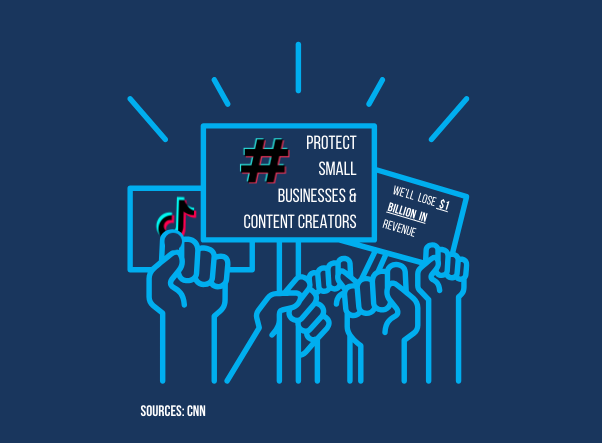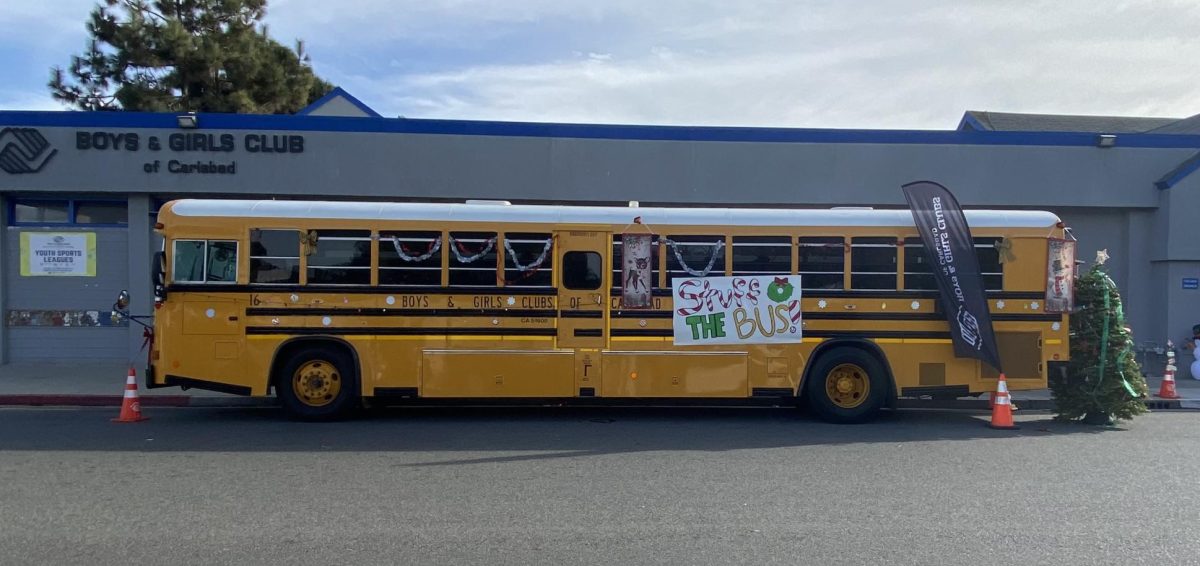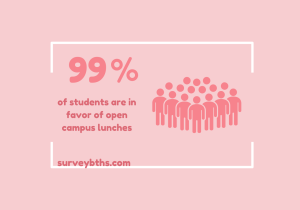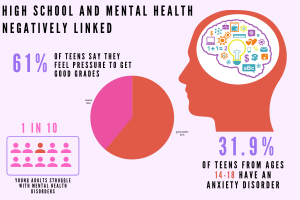Fear of Islam in America
March 23, 2015
The United States has a complicated relationship with Islam. There’s been a long history of blood, bigotry and hate; beginning much earlier than 9/11. Without a doubt, there has been a growth in antagonism from various Muslim sects, as demonstrated by the development of extremist groups. And there has certainly been an equal and opposite reaction from factions within the United States, collectively referred to as”Islamophobia.”
For many members of these groups, the fear of one leads to violent lashing out, which increases the fear of the other – and the cycle continues. From this, hate begins to build. But what many may not understand (probably thanks to modern news and media) is that a minority in both these groups are beginning to stand for the whole. In reality, very few practicing Muslims are actually jihadists- and a minority of Americans hold any genuine dislike for Islamic beliefs and values.
However, the numbers in these groups are persisting and growing. And there is not going to be any change unless violence ends and actual discussion begins. Think about what happens when one attacks the other. Generally, the goal in anti-terrorist strikes is to eliminate an actual perpetrator, along with some secondary targets and associates. Often, there are casualties beyond that, such as civilian deaths. The families of those casualties are then significantly more likely to try and avenge their lost loved ones, against the “tyrants” that took their family from them for seemingly no reason. Similarly, when a terrorist succeeds in attacking a population or nation, the surviving citizens and leaders develop an increased resentment and intolerance against anyone they can associate these atrocities with. And the cycle begins again, with more zeal and destruction than the last.
That is a very rapid way of alienating entire groups from one another, and creating the kind of rift that lasts generations. This has already been seen once in the U.S.A’s recent history, with the U.S.S.R. in the Cold War. That ended over 20 years ago, yet today there still stands an air of contention between Russia and the United States. With a historical track record of intolerance stretching back so far, you’d think we would have learned to better deal with those people and cultures we don’t understand.
And really, that is the root of the conflict. The culture of Islam (along with many of the more Eastern-centered cultures, including the various splinters of Islam) is just drastically different than most that Western nations tend to come into contact with. The belief systems and values are so foreign that they seem off-putting for many. But this discomfort should be an indicator of the need for change. The problem comes when people and governments stay in their discomfort rather than attempting to understand the opposite party – promoting ignorance and intolerance. We can’t treat simply treat other cultures as though they are the same as our own, and expect them to accept the treatment. That is certainly racism, and a racism much more cunning and destructive than the outright oppression associated with the term.
To counter the growing fear, one needs to understand their initial feelings of fear as what they are–a reflex. Much like fear of the dark, it needs to be overcome with an understanding that the fear is simply a misunderstanding. A misunderstanding that, when bridged, enlightens and enriches both parties. The battle against ignorance is the true way towards peace and tolerance in our international, interdependent, modern world.



